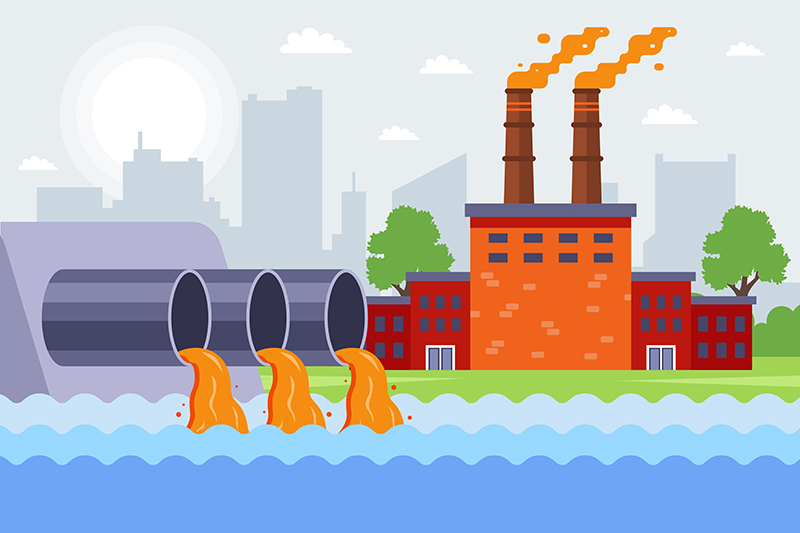water coagulation and flocculation
Water Coagulation and Flocculation An Overview
Water treatment is critical for providing safe and potable drinking water to communities around the globe. Among the various methods employed, coagulation and flocculation play essential roles in the purification process. These techniques help eliminate suspended solids, bacteria, and other contaminants from water, making it clear and suitable for consumption. In this article, we will delve into the concepts of coagulation and flocculation, their mechanisms, and their applications in water treatment.
The Importance of Coagulation and Flocculation
Coagulation and flocculation are essential processes that precede sedimentation and filtration in conventional water treatment systems. They are particularly effective for removing turbidity, which is caused by particles that are too small to settle out on their own. Turbidity can lead to various health problems, as it may harbor microorganisms and other harmful pollutants. Thus, effective removal of these particulate matters is crucial in delivering clean water.
The Coagulation Process
Coagulation is the initial phase of the process, where chemicals known as coagulants are added to the water. Common coagulants include aluminum sulfate (alum), ferric sulfate, and polyaluminum chloride. These substances work by neutralizing the charges of the suspended particles. Many particles have a negative charge, which prevents them from clumping together. When a coagulant is introduced, it destabilizes these charges, allowing the particles to aggregate.
The coagulation phase typically involves rapid mixing to ensure that the coagulant is evenly dispersed throughout the water. The optimal dosage of coagulant is crucial; too little may not be effective, while too much can lead to excess sludge and potential health risks.
The Flocculation Process
Once coagulation has occurred, the water moves to the flocculation stage. This step involves slow mixing, allowing the newly formed aggregates, or flocs, to collide and bond together. The process is essential for creating larger particles that can more easily be removed during sedimentation and filtration. Flocculation is usually conducted in a series of basins equipped with mechanical or hydraulic mixers that facilitate the gentle agitation of the water.
water coagulation and flocculation

The flocculating agents may include additional chemicals like polymers that assist in the aggregation process by forming a protective layer around the flocs, which further enhances their stability. The goal is to produce larger flocs that can settle out of the water during the subsequent sedimentation phase.
Sedimentation and Filtration
Following flocculation, the water enters the sedimentation phase, where the larger flocs settle at the bottom of a sedimentation tank due to gravity. This process significantly reduces the turbidity of the water. The clear water that remains on the surface can then be drawn off for additional filtration, often using sand filters or membranes, to remove any remaining particles and pathogens.
Applications and Challenges
Coagulation and flocculation are widely employed in municipal water treatment plants, industrial wastewater treatment, and even in natural water bodies during emergency situations. However, several challenges exist, including optimizing the dosage of coagulants, managing the resulting sludge, and addressing the presence of specific contaminants like dissolved organic matter and heavy metals.
Environmental considerations are also paramount. The use of chemical coagulants can introduce additional substances into the water, potentially affecting its quality. Thus, there is ongoing research into more sustainable and environmentally friendly alternatives, such as bio-coagulants derived from natural materials.
Conclusion
In summary, the processes of coagulation and flocculation are vital components of modern water treatment systems. They not only improve the aesthetic qualities of water by reducing turbidity but also play a crucial role in safeguarding public health. With ongoing advancements and an emphasis on sustainability, these techniques continue to evolve, ensuring that communities have access to clean and safe drinking water. As we face increasing pressures from pollution and climate change, the importance of effective water treatment methods like coagulation and flocculation will only grow, highlighting the need for continued innovation and investment in this essential field.
-
Water Treatment with Flocculant Water TreatmentNewsJun.12,2025
-
Polymaleic AnhydrideNewsJun.12,2025
-
Polyaspartic AcidNewsJun.12,2025
-
Enhance Industrial Processes with IsothiazolinonesNewsJun.12,2025
-
Enhance Industrial Processes with PBTCA SolutionsNewsJun.12,2025
-
Dodecyldimethylbenzylammonium Chloride SolutionsNewsJun.12,2025





